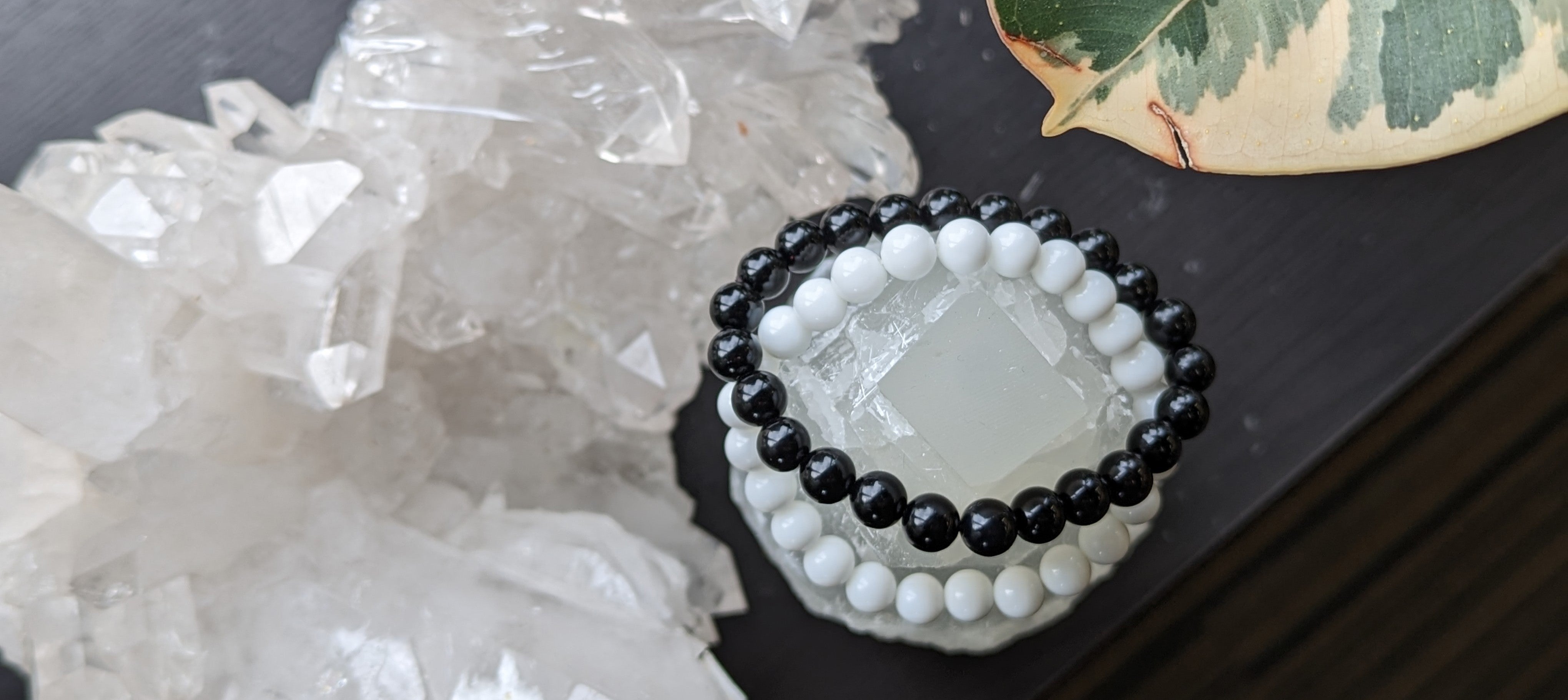Silver is a white and soft metal that occurs in one of four forms “ as a native element, a primary constituent in silver minerals, a trace to a minor component in the ores of other minerals, and as a natural alloy with other metals. It is a precious metal with high economic value and attractive luster and color that make it desirable in coins, jewelry, tableware, and other objects. Significant producers of silver are the United States, Peru, Mexico, Honduras, Guatemala, Bolivia, Argentina, and Canada.
The Physical Properties of Silver
When silver is found, it is typically associated with copper, gold, sulfides of other metals, quartz, and other silver minerals. It is rarely found as a native element mineral in significant deposits. Silver is useful for solar energy because it has a higher optical reflective quality than any other metal. It is very resistant, doesn't dissolve in most solvents, and won't react to oxygen and water. However, silver reacts to sulfur and sulfides, which cause it to tarnish on exposed surfaces. Also, it is an excellent conductor and is resistant to high temperatures, so it's used in switches, coatings, and batteries.
Silver is a mineral that has a brilliant white metallic luster. It has a value of 2.5-3 on the Mohs scale of hardness. Most silver today is derived from silver ores, while considerable amounts are mined from native silver as well.
The History of Silver
Silver has a long history and tradition. From ancient times, it has been used for eating and drinking vessels, jewelry, and coins. People have been mining silver since 3,000 BC. In Greece, silver coins were used from about 400 BC, the Romans had their silver coin (denarius), and Anglo-Saxons made silver pennies from the 8th century AD. The Incas and the Aztecs made jewelry from silver, and when the conquistadors conquered them, they looted the country of their precious metals using forced labor to mine silver. In 1858, silver was found in Nevada, which led to the silver rush.
The Lore of Silver
Hippocrates wrote that silver had beneficial anti-disease and healing properties. It was believed that it boosts the immune system, and many ancient cultures used silver in the prevention of festering of wounds and the purification of water. In 1884, it was discovered that silver could cure a disease that caused blindness in babies. Silver was also used for treating infectious diseases, such as hepatitis and the flu, and is known to be a conduit for sending healing energies.
The Metaphysical Properties of Silver
Silver is known as a mineral that can enhance the power of the moon (especially during the new and full moons). Since it is associated with the moon, it's also associated with feminine energies and the yin. It is a reflective metal (it's used for manufacturing mirrors), and just like the moon reflects the sunlight, silver reflects negativity from the one wearing it. People wear silver jewelry for magical security against evil intents because it reflects spells back to the sender.
Also, silver is the metal of the psychic mind, emotions, and loving and healing. When used in combination with gemstones, silver amplifies and retains qualities emitted by those stones. It is used to bring perseverance and patience as well as enhance the connection between the stone and the wearer. As it's a psychic-influencing metal, silver is also used to boost the wearer's psychic abilities. Wearing silver jewelry before sleep is one way to produce psychic dreams, and these effects will be more potent if the silver piece is paired with moonstone (or other gemstones with psychic properties).





